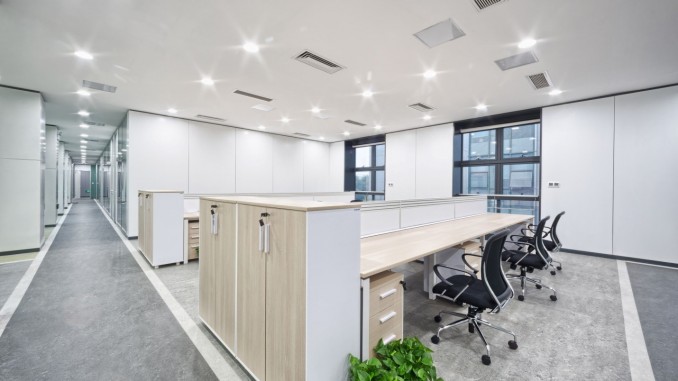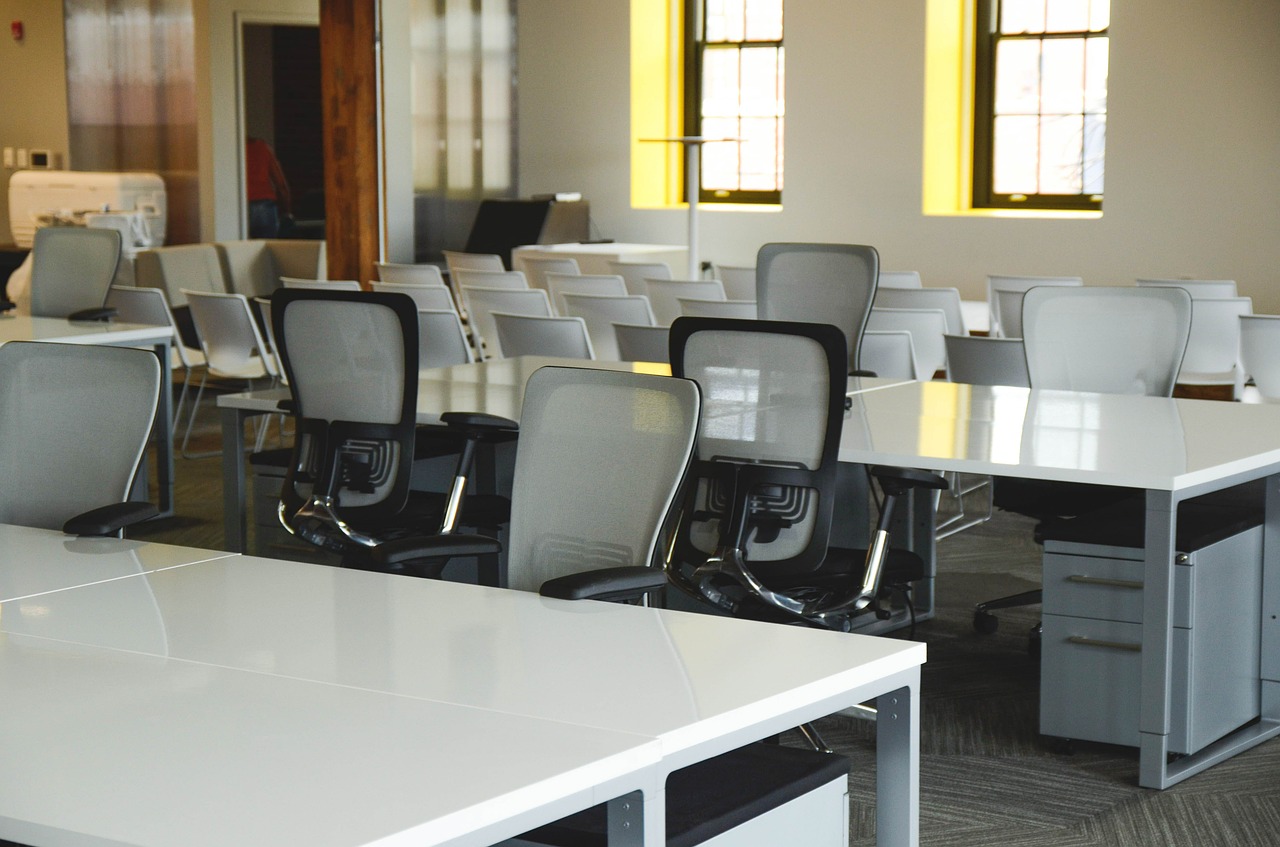
Did you know that the design of your office can significantly affect your productivity levels? Good design greatly influences employee morale and engagement, and a few simple changes (or even some bigger ones) can improve all areas of your business.
From as early as 1920s, the goal of the office space was to create an environment that would boost productivity. Although cubicles were once considered extremely practical, nowadays we are seeing them dismantled in favor of a more open office space. In this fast-paced world, we are experiencing a fast-changing workplace. Emphasis is put on a flexible design, but what are some of the elements that are welcome in every office environment?
No more bricks in the wall
Remember the claustrophobic cubicles? The initial idea behind the design was to provide employees with privacy, however, over the years, they did not prove to be as practical. For this reason, more and more employers are knocking down, not only cubicles, but walls too, to create open-floor plan offices. And it’s not just about all workers sharing one space – more and more managers choose to sit in these areas with their employees as well. Such design conveys and image of transparency to clients, but more importantly, it is believed to encourage team spirit. When team members are sitting next to and facing each other, they feel motivated to start a conversation, work on a particular problem together and learn from one another.
A moment of silence
Nevertheless, at times, you will hear your employees asking for a little peace and quiet to concentrate on a demanding task at hand. With this in mind, ensure there are several “me spaces” where employees can go and turn on their “focus mode” and work quietly on an individual task. Still, make sure these individual offices are big enough for an entire team to conduct a meeting, or work out a problem in group without disturbing the rest of the staff.
How big is too big?
When on the lookout for an office space, business owners are commonly unsure of how big this workplace should actually be. Ideally, on average, every employee used to get 250 square feet, which includes a walled workspace, a desk for a computer and their personal belongings. Still, today, it comes down to 150 square feet. How come? Look at it this way – once, employees kept their loved ones’ photos on their desks, now they are safely stored on their computers; pens, papers, notebooks… all in a form of an app or a program of some kind. Experts call it a “work from anyplace” mindset, and with a growing number of companies which allow their workers to do some or even all of their tasks from home, the reserved office spaces are occupied only part-time.
Should I stay (home) or should I go?
While we are discussing the topic of remote work, it has to be highlighted that companies have to be concerned about home office design, as well. The importance of ergonomics is commonly overlooked in home offices, and before employees realize working on their couch is not as productive, they are already behind their schedules, missing the deadlines. Ensure the computer monitor is positioned properly relative to the chair, and that the desk is high enough to prevent strain in the back and shoulders, as well as the eyes. Lightning is of prime importance as well – there has to be enough natural light to reduce eye strain and glare, but be careful about positioning your screen, or better yet, install window blinds to reduce the amount of sunlight in the summer. Commercial Cleaning Sydney experts advise business owners to hire consultants who will help them set up their offices properly and also maintain a clean and healthy premises in order to run their business with a proper care for health and employee happiness and productivity.
As time goes by…
… Your company gets bigger, you hire more employees, you rearrange teams – overall, you experience a multitude of changes that affect office design. This is why it should be as flexible as possible. For instance, go for the tables that come on rollers and can as such be easily moved around the office. Laptops, in comparison to desktops, are more practical, too. If there are any private offices, they can double as meeting rooms, and you can even use dividers when necessary to enable more teams to work simultaneously, without interruptions.
Chill out zone
Gone are the days when water coolers in the corner of the hallway satisfied employees’ needs when they wanted to get a 5-minute break from work. Today, you need to invest in a café, or even some more elaborate amenities, like wellness or fitness rooms for everyone – from nursing mothers to those who do not feel so well and are looking for a place to lay down for a couple of moments. Designing separate places where employees will be able to socialize will create a sense of balance and well-being.
What do you want your office space to say about your company?
In the end, believe it or not, the design of your workplace can communicate the corporate mission and image of the company to both your employees and your clients. This is especially important if you decide to change the business model – if you are currently working in a cubicle-designed office, dismantling them and redesigning into an open, bright and fully networked space will communicate the shift you undertook. The new space will be the reflecting of your company’s focus and products, and will enable your employees to live the brand on a daily basis.

About the Author: Ian Pearson is an IT Consultant at Media Gurus of New South Wales, Australia. Aside from his primary area of interest and expertise in business consulting, Ian is a passionate sports fan, nature and photography enthusiast, and is always trying to keep up to date with tech innovations and development.




Be the first to comment